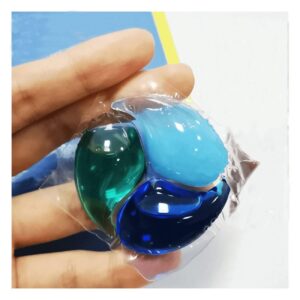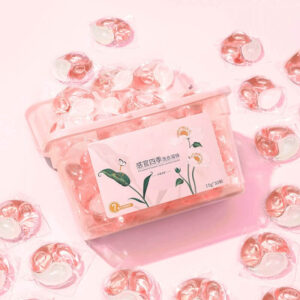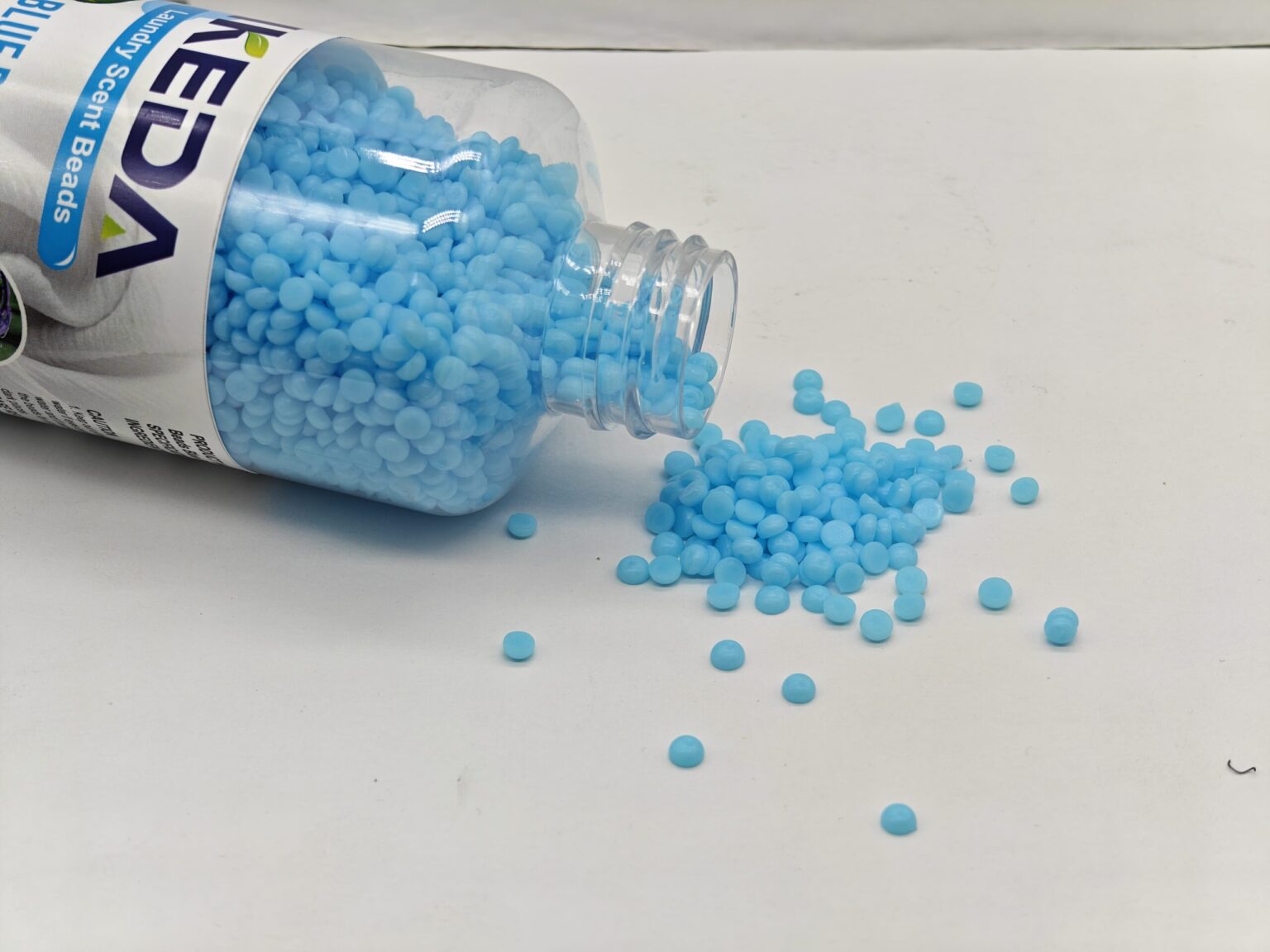Introduction: The Rising Demand for Aromatherapy Candles
In today’s fast-paced world, more people are turning to aromatherapy candles for relaxation, stress relief, and mental clarity. The global aromatherapy market is projected to reach $5.3 billion by 2028, with candles being one of the fastest-growing segments.
But what makes an aromatherapy candle truly effective? The answer lies in its key elements—the wax, essential oils, wicks, and additives that determine its therapeutic benefits, burn quality, and safety.
In this guide, we’ll explore:
✅ The most popular wax types (and which one is best for aromatherapy)
✅ Top essential oils for relaxation, focus, and energy
✅ Wick materials that affect burn performance
✅ Additives that enhance scent throw and longevity
✅ How to choose the right aromatherapy candle for your needs

Part 1: The Best Wax for Aromatherapy Candles
Not all candle waxes are created equal. Some release toxins when burned, while others offer a clean, long-lasting fragrance. Here are the most popular options:
- Soy Wax (Most Popular Choice)
✔ Pros:
- Made from natural soybeans, biodegradable and renewable.
- Burns cleaner and slower than paraffin (up to 50% longer).
- Excellent scent throw for essential oils.
✖ Cons:
- Can sometimes develop frosting (a white, powdery look).
- Requires proper curing time for optimal fragrance release.
Best for: Those who want a non-toxic, eco-friendly candle with strong scent diffusion.

2. Coconut Wax (Luxury Option)
✔ Pros:
- Ultra-smooth texture and stronger scent retention than soy.
- Burns evenly with no soot.
- Often blended with soy for better performance.
✖ Cons:
- More expensive than soy wax.
- Limited availability compared to other waxes.
Best for: High-end aromatherapy candles where premium quality matters.
3. Beeswax (Natural Air Purifier)
✔ Pros:
- Releases negative ions, which can help purify the air.
- Naturally sweet, honey-like aroma.
- Longest burn time of all natural waxes.
✖ Cons:
- Expensive and harder to work with.
- Limited fragrance options (best for unscented or light essential oil blends).
Best for: People who want air-purifying benefits without synthetic fragrances.

4. Paraffin Wax (Avoid for Aromatherapy)
✖ Why it’s not ideal:
- Derived from petroleum, releasing benzene and toluene (linked to respiratory issues).
- Produces black soot that can stain walls and irritate lungs.
Part 2: The Most Popular Essential Oils in Aromatherapy Candles
Essential oils are the heart of aromatherapy candles. Here are the top 5 categories and their benefits:
1. Relaxation & Sleep
- Lavender – Reduces anxiety, promotes deep sleep.
- Chamomile – Calms nerves, eases stress.
- Bergamot – Balances mood (often used in stress-relief blends).
2. Energy & Focus
- Peppermint – Boosts alertness and concentration.
- Rosemary – Enhances memory and mental clarity.
- Eucalyptus – Clears sinuses and improves focus.
3. Stress Relief
- Ylang-Ylang – Lowers cortisol levels.
- Frankincense – Deepens meditation and relaxation.
- Clary Sage – Helps with hormonal balance and tension relief.
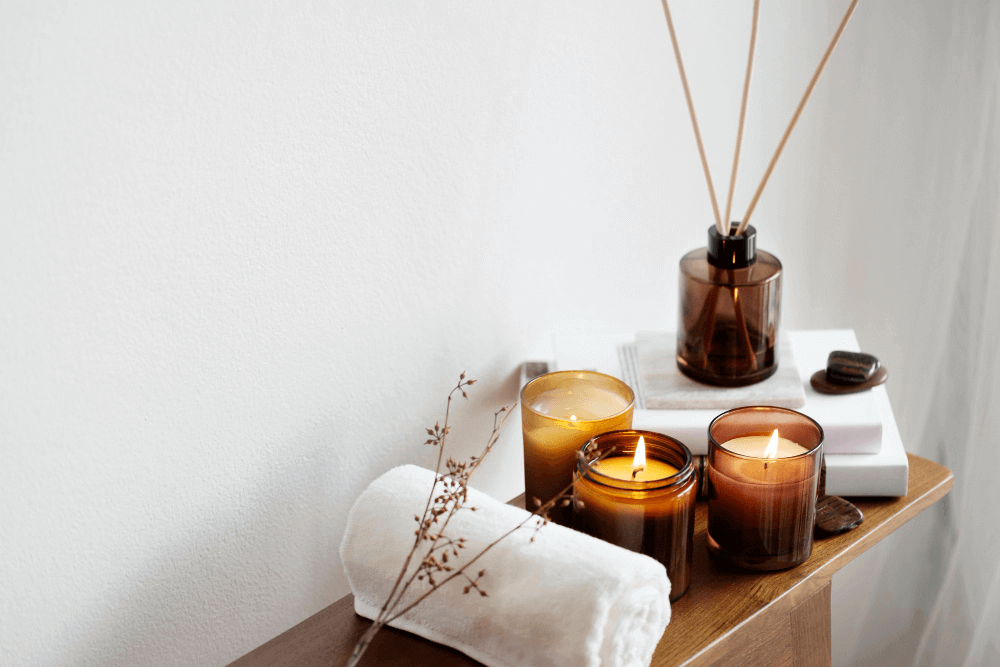
4. Mood Uplifting
- Orange – Instantly boosts happiness.
- Vanilla – Comforting, reduces emotional stress.
- Jasmine – Romantic and calming.
5. Immune Support
- Tea Tree – Antimicrobial properties.
- Lemon – Cleansing and energizing.
- Thyme – Supports respiratory health.
Pro Tip: Look for candles with 100% pure essential oils (not “fragrance oils”) for real therapeutic benefits.
Part 3: The Best Wicks for Aromatherapy Candles
The wick affects burn quality, safety, and scent throw. Here’s what to look for:
1. Cotton Wicks (Safest Choice)
✔ Clean burn, no toxins.
✔ Best for soy and coconut wax.
2. Wooden Wicks (Luxury Crackling Sound)
✔ Creates a cozy fireplace-like ambiance.
✔ Works well with thicker waxes like coconut.
3. Hemp Wicks (Eco-Friendly Option)
✔ Slow, even burn.
✔ Ideal for beeswax candles.

Part 4: Additives That Enhance Aromatherapy Candles
Some candles include natural additives to improve performance:
- Coconut oil → Smoother wax, better scent throw.
- Vitamin E oil → Extends fragrance life.
- Botanicals (dried flowers/herbs) → Visual appeal (but can be a fire hazard).
Conclusion: How to Choose the Best Aromatherapy Candle
- To get the most benefits, look for:
- 🔹 Natural wax (soy, coconut, or beeswax).
- 🔹 Pure essential oils (not synthetic fragrances).
- 🔹 Non-toxic wick (cotton, wood, or hemp).
- 🔹 No harmful additives (like parabens or phthalates).
- Final Tip: Always do a “sniff test”—high-quality aromatherapy candles should smell natural, not overpowering.
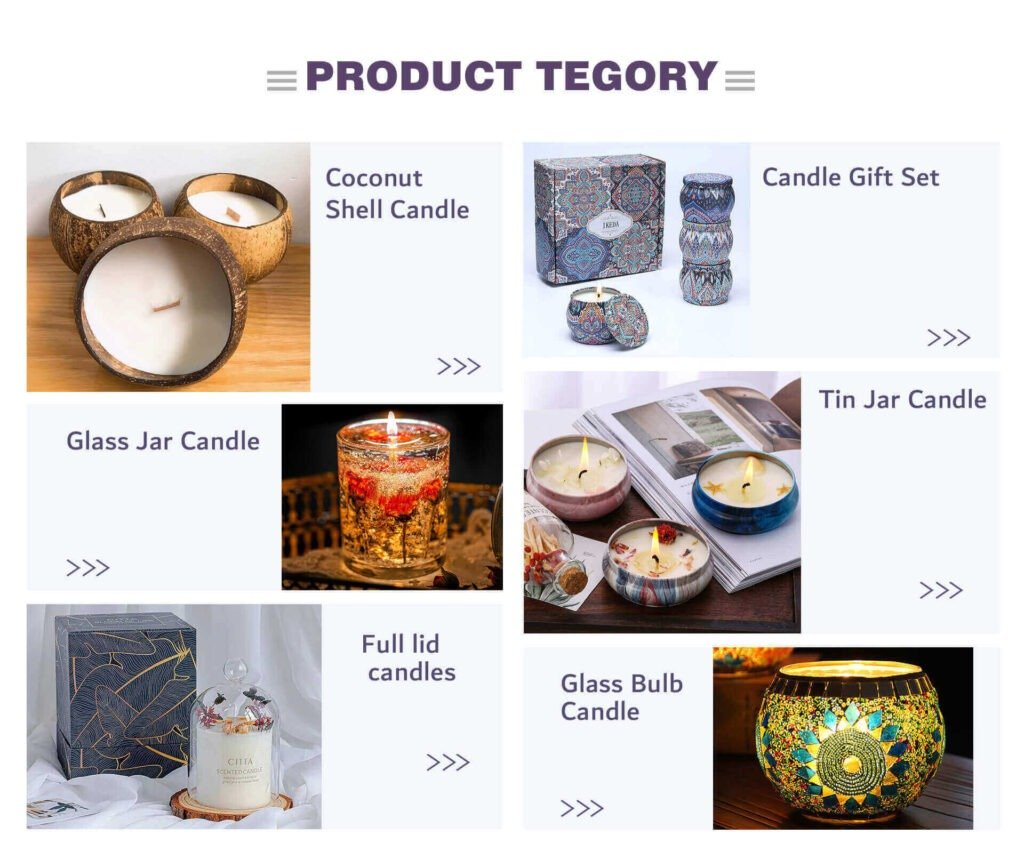
Want to Try the Best Aromatherapy Candles?
- 👉 [Shop Our Premium Collection Here] (CTA link)
- This guide ensures you pick a candle that’s safe, effective, and truly therapeutic—not just another pretty scent!
